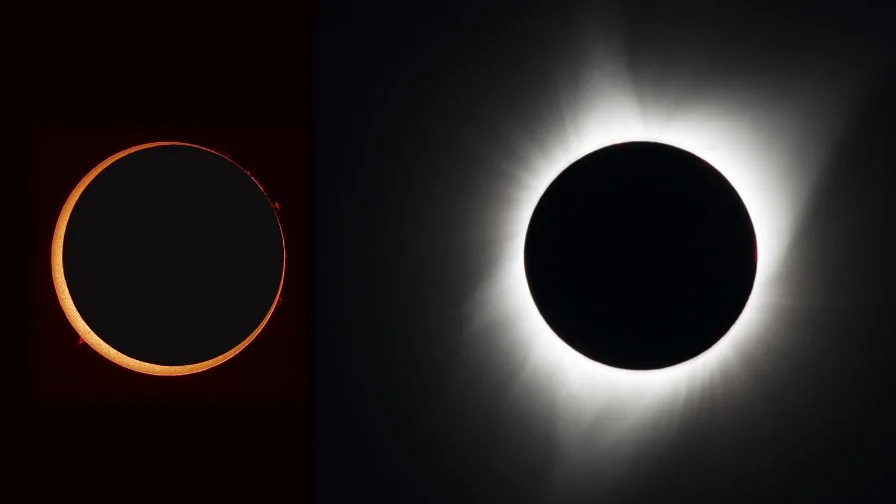Supermoons get lots of publicity from the media, but is there anything to them beyond the hype? If the term "supermoon" bothers you because it's not an official astronomical term, don't throw up your hands. You can turn supermoon lemons into lunar lemonade for your star party visitors by using it to illustrate astronomy concepts and engaging them with great telescopic views of its surface!
Many astronomers find the frequent supermoon news from the media misleading, if not a bit upsetting! Unlike the outrageously wrong "Mars is as big as the Moon" pieces that appear like clockwork every two years during Mars' close approach to Earth, news about a huge full moon is more of an overstatement. The fact is that while a supermoon will indeed appear somewhat bigger and brighter in the sky, it would be difficult to tell the difference between an average full moon and a supermoon with the naked eye.

There are great bits of science to glean from supermoon discussion that can turn supermoon questions into teachable moments. For example, supermoons are a great gateway into discussing the shape of the Moon's orbit, especially the concepts of apogee and perigee. Many people may assume that the Moon orbits Earth in a perfect circle, when in fact its orbit is elliptical! The Moon's distance from Earth constantly varies, and so during its orbit it reaches both apogee (when it's farthest from Earth), as well as perigee (closest to Earth). A supermoon occurs when the Moon is at both perigee and in its full phase. That's not rare; a full moon at closest approach to Earth can happen multiple times a year, as you may have noticed.
While a human observer won't be able to tell the difference between the size of a supermoon and a regular full moon, comparison photos taken with a telephoto lens can reveal the size difference between full moons. NASA has a classroom activity called Measuring the Supermoon where students can measure the size of the full moon month to month and compare their results.

Students can use digital cameras (or smartphones) to measure the Moon, or they can simply measure the Moon using nothing more than a pencil and paper! Both methods work and can be used depending on the style of teaching and available resources.
There is actually a way for naked eye observers to observe the different apparent sizes of the Moon in our sky, but oddly enough it's not when the Moon is full and brilliant, but the opposite: when the Moon is new and dark, during eclipses! For eclipse chasers, the apparent size of the Moon matters very much to what they will see. For example, a total eclipse can happen in conjunction with a supermoon as many in the USA saw on August 17, 2017. The apparent size of the Moon was large enough to completely block the disc of the sun in our skies along a narrow path for a couple of minutes. If the Moon were further away from the Earth, especially if it were at apogee – its furthest point - then a total eclipse would not occur. Instead, an annular eclipse would be seen instead, where a "ring of fire" would seem to circle the black disc of the new moon.

The next supermoon arrives the night of September 17, 2024, so be sure to prepare in advance with the following activities:
You can find a more detailed discussion of the science of supermoons on NASA's "What is a Supermoon and Just How Super Is It?" page from their "Teachable Moments" blog, along with more lunar science that can be used to make the hype about Supermoons teachable moments for your star party visitors.
Originally posted by Dave Prosper: September 2017
Last Updated by Kat Troche: August 2024

